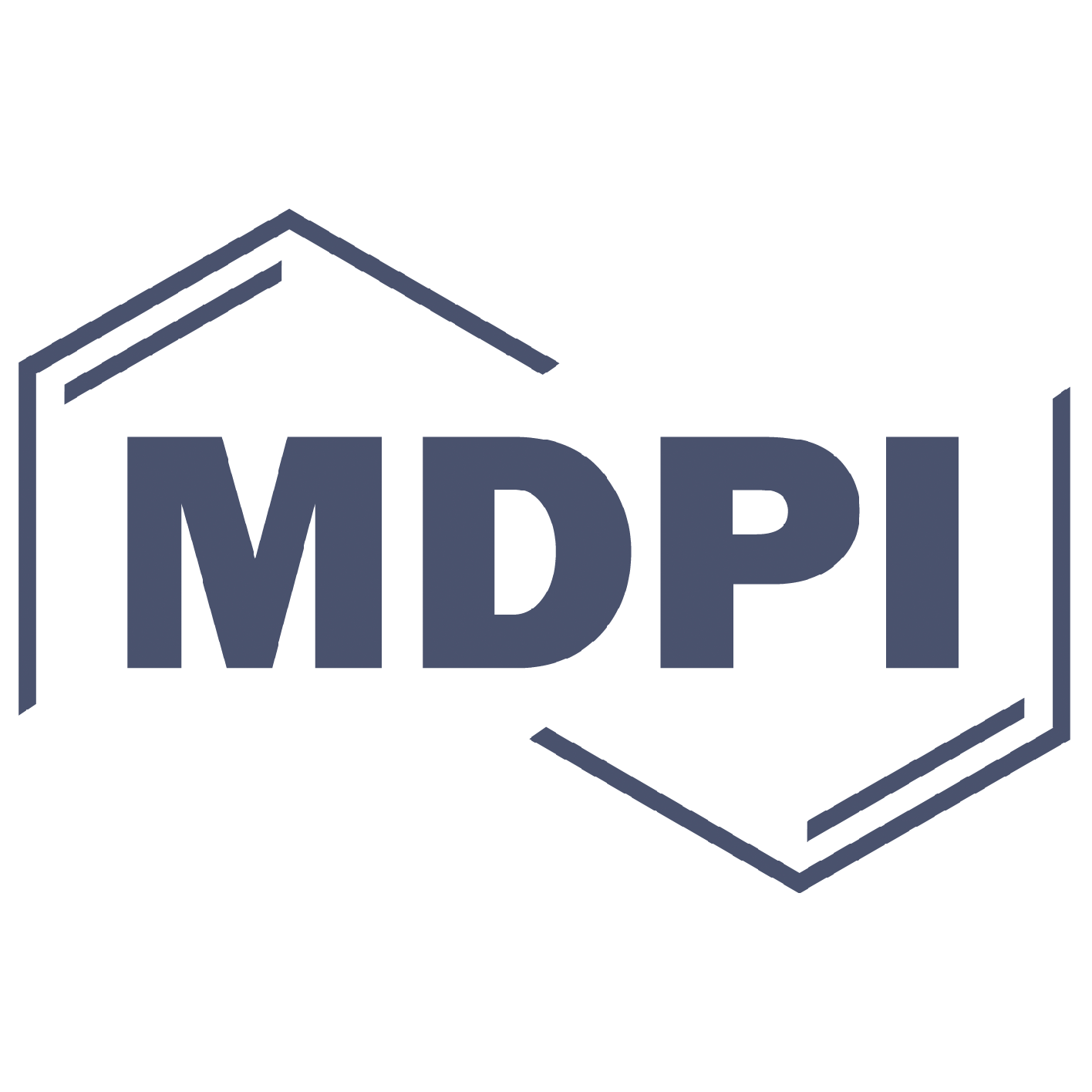ETHAS presented on the 2024 International WeCare Wildlife Endangered-Species Conference & Animal Reproduction in Bogor, Indonesia.
Publications

An Ethical Assessment Tool (ETHAS) to Evaluate the Application of Assisted Reproductive Technologies in Mammals’ Conservation: The Case of the Northern White Rhinoceros (Ceratotherium simum cottoni)
Published: January 26, 2021
Assisted reproductive technologies (ARTs) can significantly impact biodiversity conservation. However, their application may introduce risks and ethical concerns that require careful consideration. Notably, there is a scarcity of attention to this topic in scientific literature, and, to our knowledge, no tool has been described for the ethical assessment of ARTs within the conservation context. This paper presents the initial applications of the Ethical Assessment Tool (ETHAS) to trans-rectal ovum pick-up (OPU) and in vitro fertilization (IVF) procedures utilized in a northern white rhinoceros (Ceratotherium simum cottoni) conservation project. ETHAS comprises two checklists—the Ethical Evaluation Sheet and the Ethical Risk Assessment—each specifically tailored to individual ART procedures. It offers an integrated, multilevel, and standardized self-assessment of the procedure under review, producing an ethical acceptability ranking (totally acceptable, partially acceptable, not acceptable) and a risk rank (low, medium, high). This framework enables the implementation of measures to address or manage issues proactively. Applying ETHAS to the procedures performed on the northern white rhinoceros proved effective in maintaining high procedural standards, enhancing acceptability, and improving communication among project partners. Additionally, the tool itself was refined through an iterative consultation process involving experts and stakeholders.